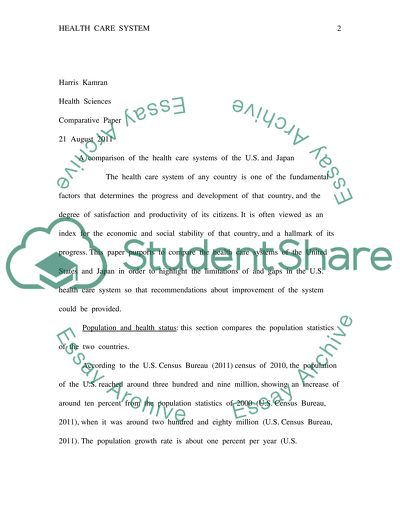Cite this document
(“Health Status and Health Care Services in Japan with comparison to the Essay”, n.d.)
Retrieved from https://studentshare.org/health-sciences-medicine/1430862-health-status-and-health-care-services-in-japan
Retrieved from https://studentshare.org/health-sciences-medicine/1430862-health-status-and-health-care-services-in-japan
(Health Status and Health Care Services in Japan With Comparison to the Essay)
https://studentshare.org/health-sciences-medicine/1430862-health-status-and-health-care-services-in-japan.
https://studentshare.org/health-sciences-medicine/1430862-health-status-and-health-care-services-in-japan.
“Health Status and Health Care Services in Japan With Comparison to the Essay”, n.d. https://studentshare.org/health-sciences-medicine/1430862-health-status-and-health-care-services-in-japan.


